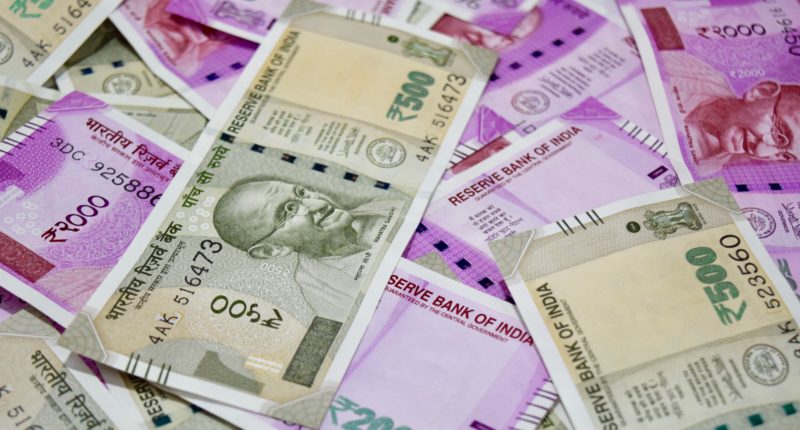India’s new bad bank is set to be launched soon. It is expected to be operational by July 2021 and may help reduce one of the worst debt piles in the world. As per a BloombergQuint report, the latest bad bank will handle stressed debt worth a massive $27 billion or Rs 2 trillion. This number amounts to nearly one-fourth of the country’s total non-performing debt load.
Some reports claim that the Indian Banks Association (IBA) has applied to incorporate The National Asset Reconstruction Company Ltd (NARCL)- an asset reconstruction company (ARC) or bad bank and its debt management company- the India Debt Management Company Ltd (IDMCL).
This entity will be getting bad loans from several lenders under one collection and is expected to improve the bargaining power and expedite decision-making while resolving the non-performing assets (NPAs).
However, some financial experts opine that the emergence of a new bad bank may not be sufficient to address the current issues and stabilise India’s financial system. It requires addressing fundamental problems and loopholes in the insolvency code introduced in 2016, which have slowed down lenders’ recovery rates.
If you wonder what a bad bank is and how it functions, here’s the answer: A bad bank is an entity that helps lenders isolate or remove non-performing or illiquid assets from their balance sheets. A bad bank will assume the responsibility of recovering or liquidating the underlying assets or securities of a non-performing bank loan.
Banks may find it difficult to raise fresh capital through issuing bonds if their NPAs amount to a large sum. In such a situation, a bank may opt to segregate good loans from bad loans with the help of a bad bank. These entities specialise in recovering non-performing assets.
Banks sell their stressed assets to a bad bank at a mutually agreeable price and clear their balance sheets. Generally, banks sell their NPAs when they get 15% of the underlying assets of a bad loan and the remaining 85% in the form of bonds and security receipts (SRs), which have a maturity duration of up to six years.
When the bad bank recovers the bad loans, they direct the proceedings to the respective lender after deducting their management expenses. The recent adverse developments have led to a sharp rise in non-performing loans and hampered the already stressed Indian financial system. According to ICRA, bad loans can touch 10.2% by March 2022 due to the impact of the COVID-19 pandemic.
The launch of a new bad bank was much needed and can help reduce the burden on the lenders. The market participants will be closely following the operations of the recent bad bank, and they are interested in seeing if the bad bank is going to focus on resolving the underlying assets soon or going to hold on to them like a warehouse. It is also interesting to know if the team includes industry experts.
For any clarifications/feedback on the topic, please contact the writer at vineeth.nc@cleartax.in
Engineer by qualification, financial writer by choice. I am always open to learning new things.




